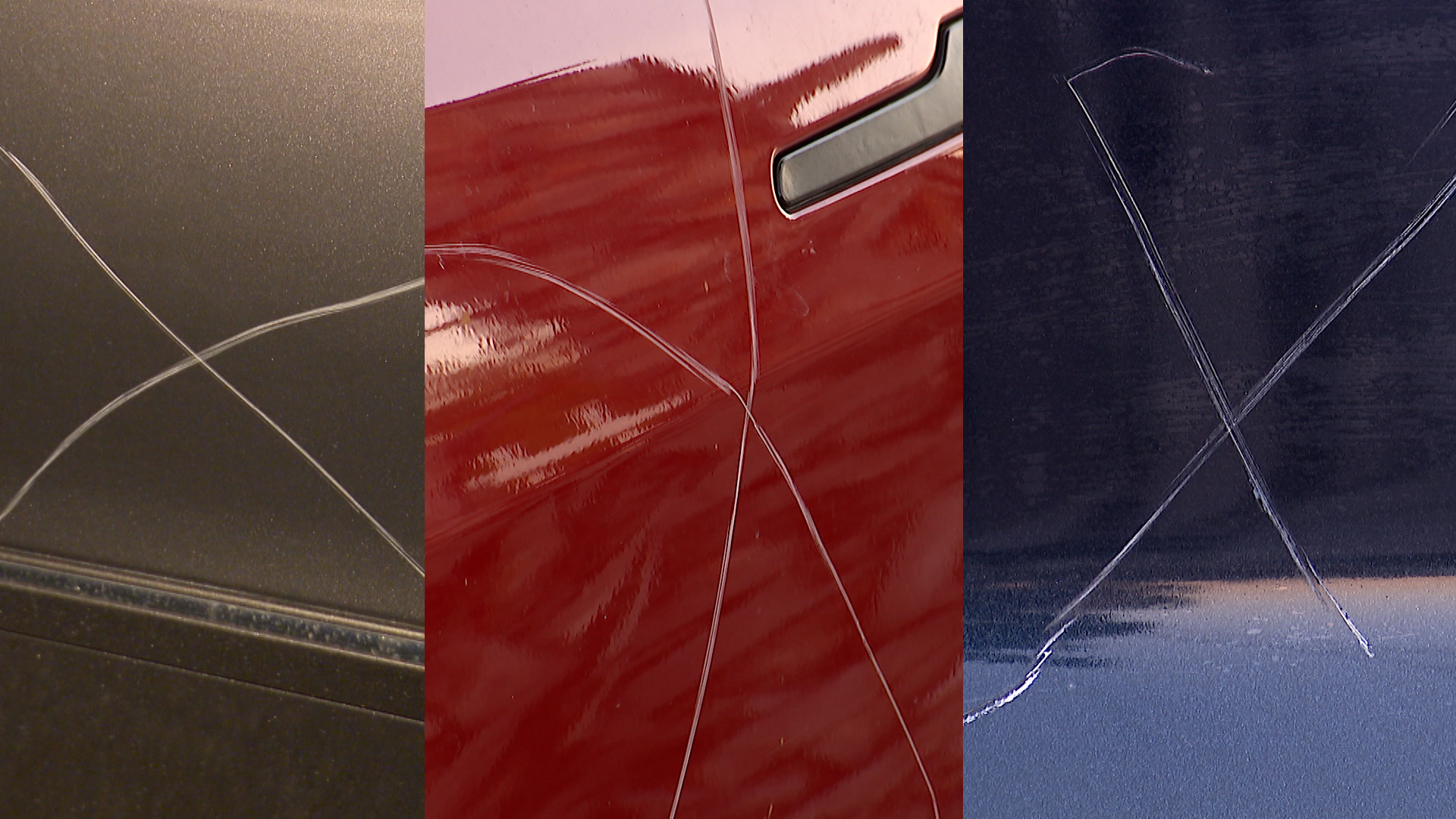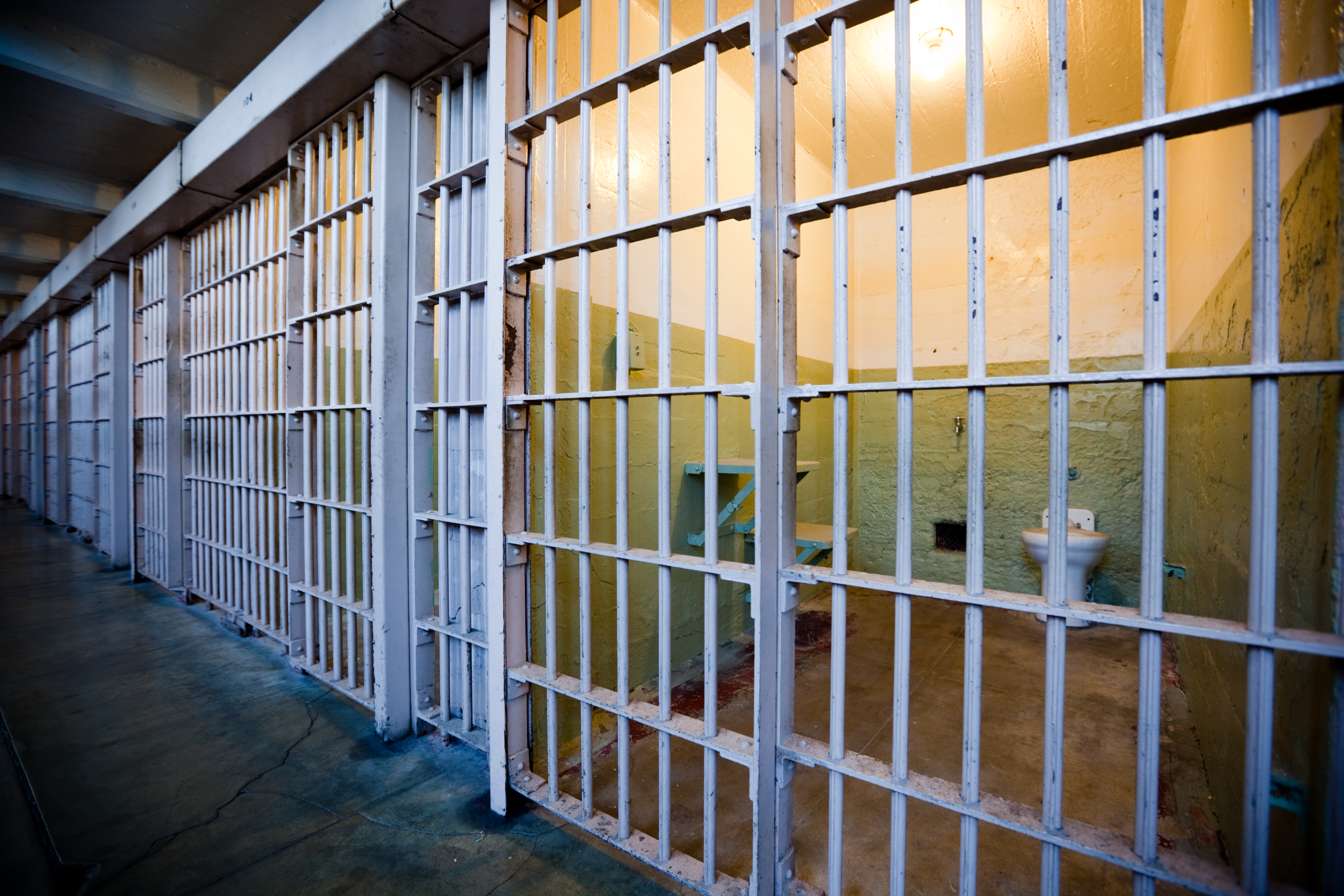A local researcher shares his taste of Hollywood experience when he noticed film crews in the Anza-Borrego area.
About two-and-a-half hours east of San Diego is a tranquil desert community with sprawling landscapes, rolling roadways and picturesque scenery. It's perfect for a quiet getaway, some remote hiking, or maybe instead, a multi-million-dollar movie production featuring the likes of Leonardo DiCaprio, Sean Penn and Regina Hall filled with crashing cars and explosions.
Filming has now wrapped in the Anza-Borrego desert for director Paul Thomas Anderson's latest film, which currently has a working title "BC Project," but some lucky Borregans got a chance to see what it's like to film a massive movie in person while it was in town for the last three or four weeks.
Sicco Rood, UC Irvine's Anza-Borrego Desert Research Center field and facilities researcher, was one of those few. With a long-lens camera sitting perched atop a nearby mountainside, Rood was able to witness and capture DiCaprio and Penn shoot -- over and over again -- an explosive scene.
"It was great. I knew they were gonna start shooting in the afternoon because they spend the whole morning prepping this scene and so I figured I'd just walk up there at the end of my workday and bring my cameras," Rood said. "It was fun to watch with the long lenses, I mean, it wasn't, I wasn't close to the actual action but close enough to see what's going on. And then with my cameras, I was able to bring that a little bit closer."
Get top local stories in San Diego delivered to you every morning. Sign up for NBC San Diego's News Headlines newsletter.
A stitched-together video that Rood edited and posted to Facebook on Sunday shows a blue car speed to a stop. Out jumps DiCaprio in a black-and-red checkered robe armed with an assault rifle. Other scenes show the "Wolf of Wall Street" actor fire a few rounds, stumbling and falling to the ground, and hopping back into the car and speeding away. While it's less obvious, Rood said he spotted the Oscar-winning "Milk" actor in the shots as well.
"I had no idea that [DiCaprio and Penn] were both going to be there. I mean, for all I knew, it could have been just the stunt people but because the scenes were more intimate, you know, the DiCaprio character coming out of the car and running down to the the crash vehicle, that's why they used the real actors," Rood said.


Rood presumed the scene was some type of car chase down what's known as the "Glass Elevator" because of the gorgeous views visible on the steep descent down the mountain to Borrego Springs.
"There's a very strong steep precipice where it goes from mountains to desert and so that'll be once scene that I hope to will look really great," he said. "And then, Another real iconic area is that Texas Dip where you're driving in the desert and suddenly it dips, you know, maybe a hundred feet or fifty feet."

Those familiar with San Diego's desert landscape may recognize other notable landmarks when the movie debuts, including Tectonic Gorge in Ocotillo Wells and the desert scenery of Clark's Dry Lake.
Local
Filming has since returned to Northern California where the majority of production took place. But for Rood, it was enough time for a distant brush with fame.
"I've never been on a big movie set so it was like, you know... a front-row seat to Hollywood's inner-workings," Rood said.


He's looking forward to seeing his hometown represented on the big screen but he'll have to wait awhile. The film that features a large ensemble cast on top of its big-name stars has an anticipated release of August 2025, according to IMDB. The plot has been largely under wraps, but industry magazine Deadline reported the script was written by Andersen, who most recently directed the Oscar-nominated "Licorice Pizza."
While filming in the landscape of San Diego County's desert is not uncommon, it isn't often that a film of this size comes through our neck of the woods. The Colorado Desert District, which manages Anza-Borrego said they had five film permits within the park in 2023, some photography, commercial and smaller productions.
A spokesperson for California State Parks, which encompasses Anza-Borrego State Park, said permitting is processed through the California Film Commission, who in turn works with agencies on the local level to ensure filming is approved and won't impact the park's natural, cultural and historical resources.



